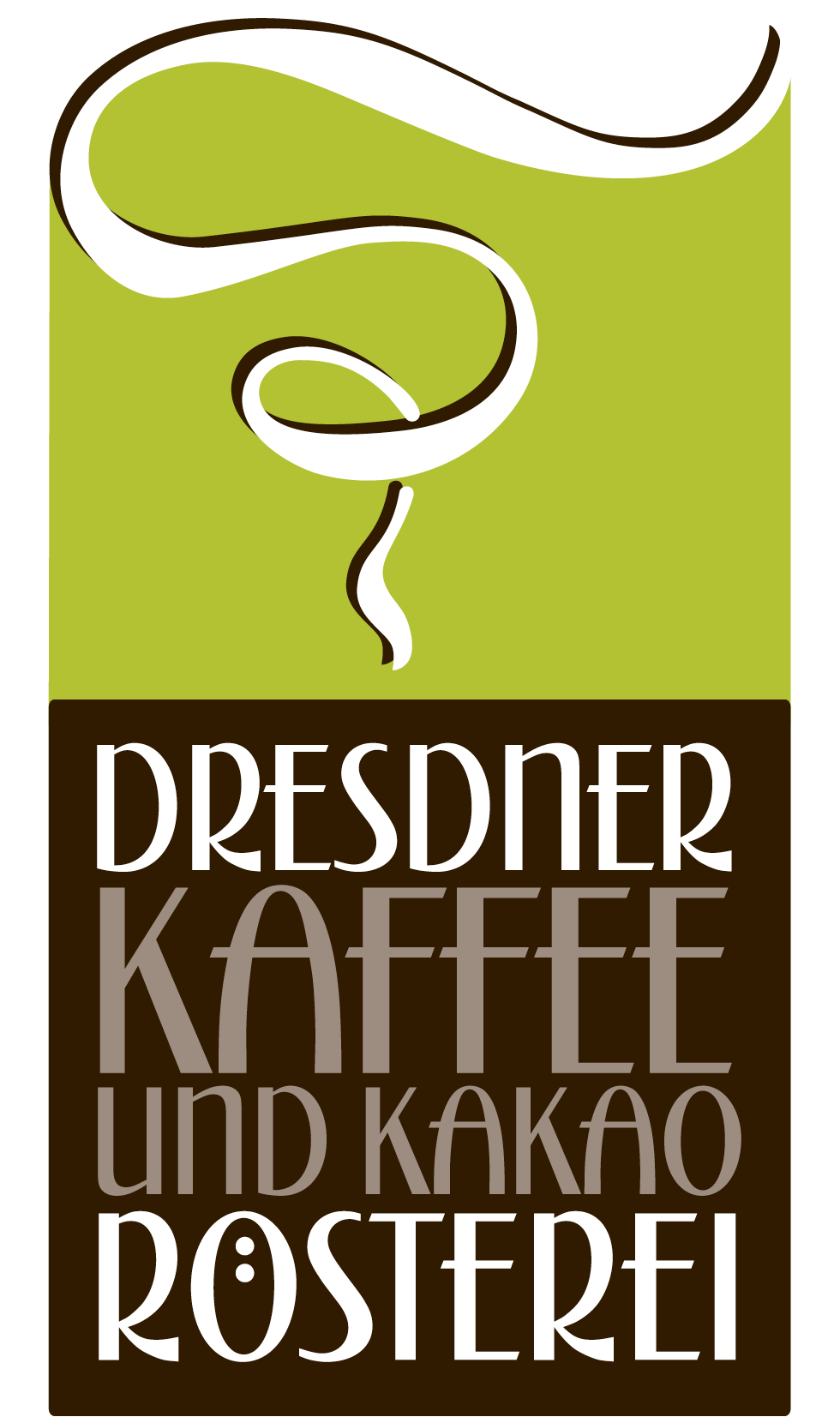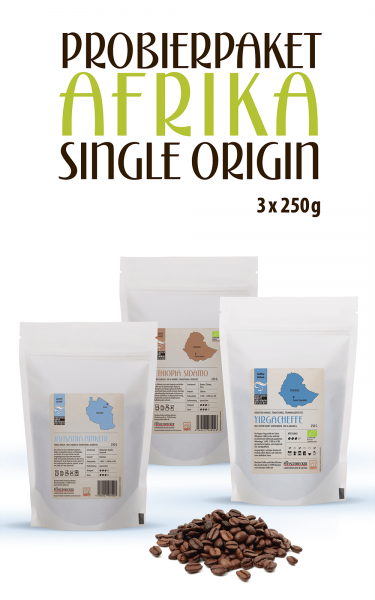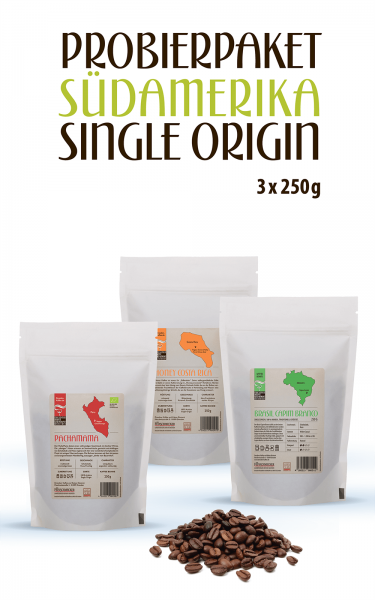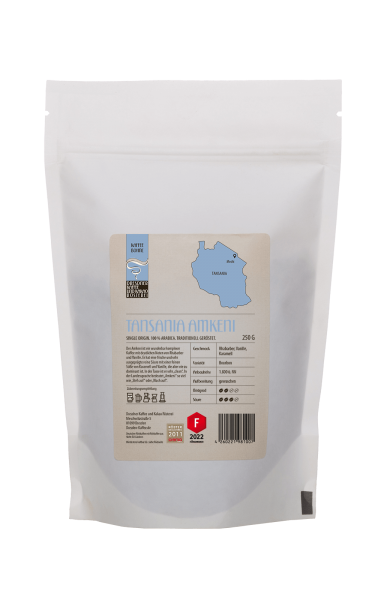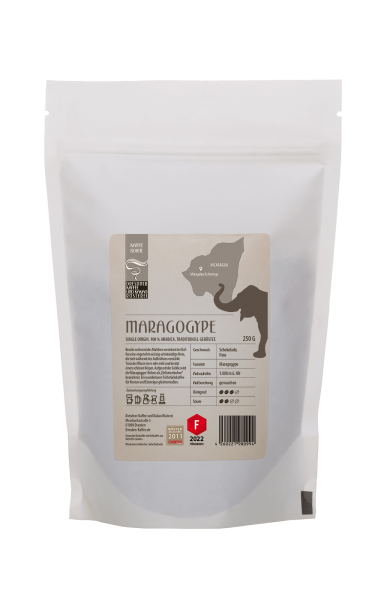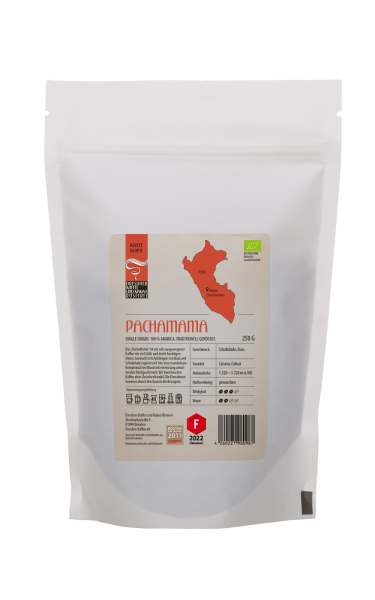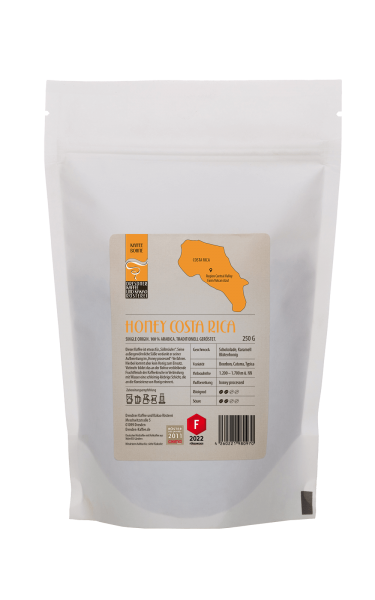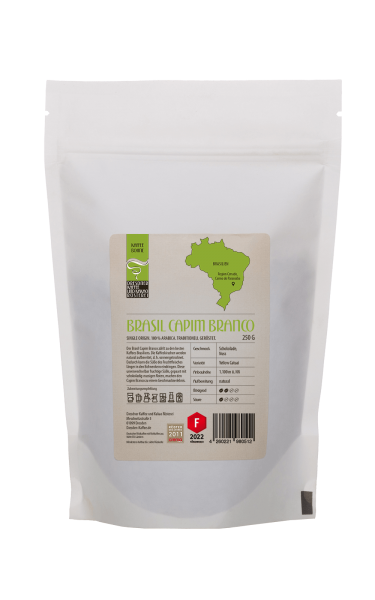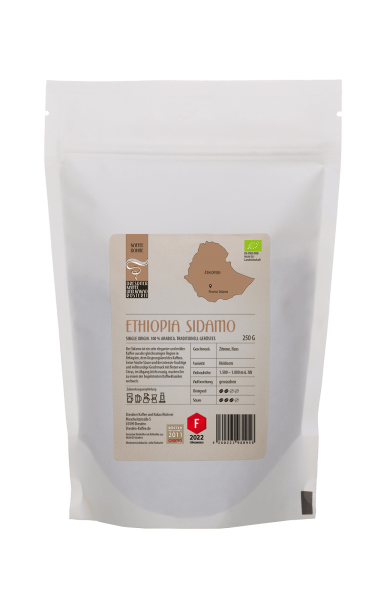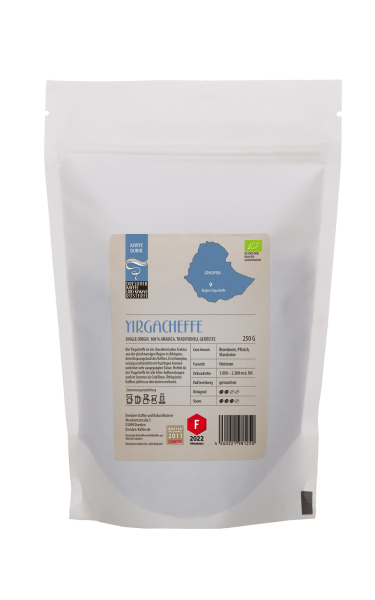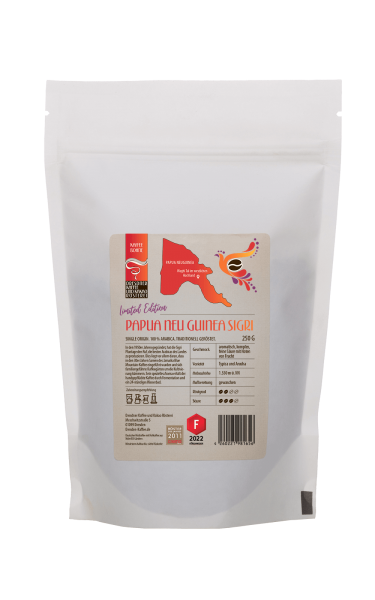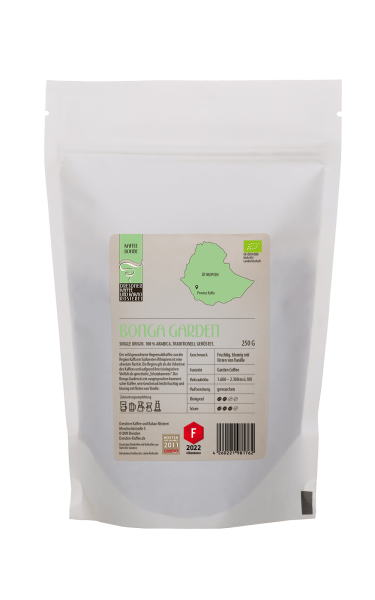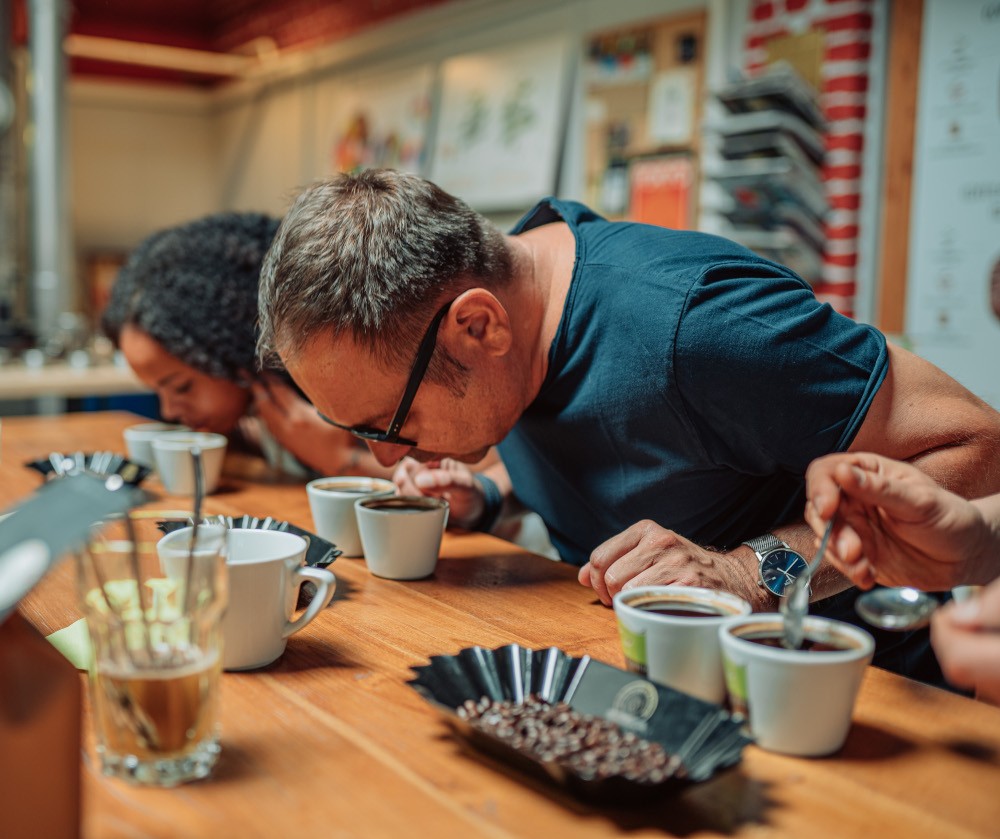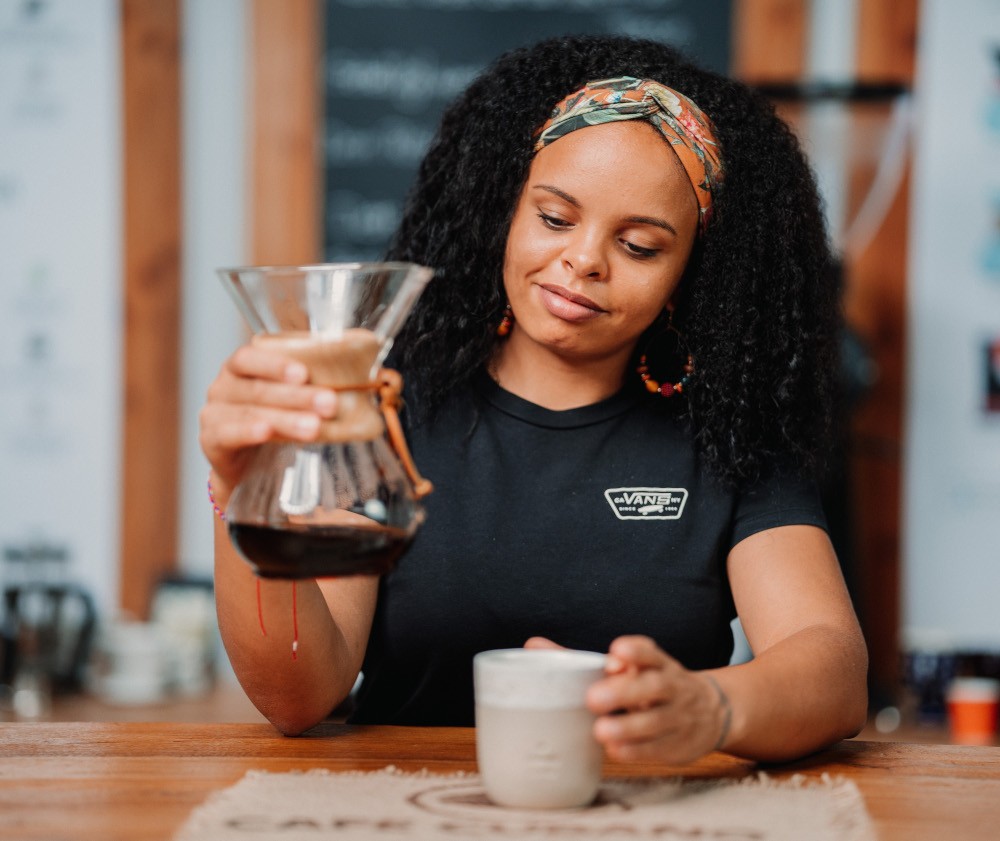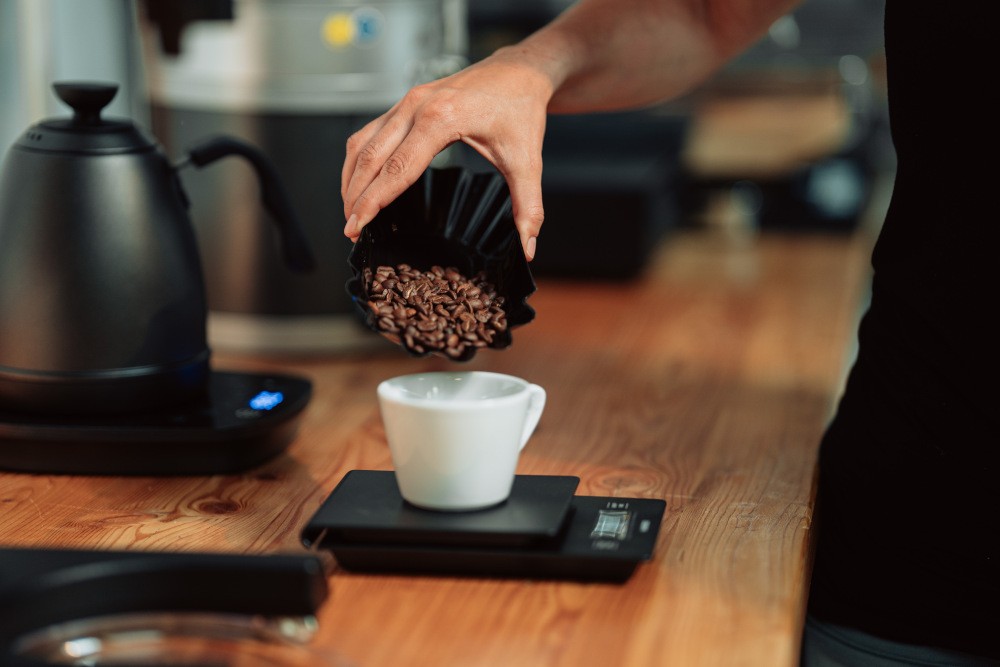When do we speak of a single origin coffee?
Single Origin literally means: one origin. In other words, the coffee beans come from the same growing region, and often only the best beans of the respective harvest are used. When we speak of single estate coffees, we are talking about plantation coffees, i.e. coffees that come not only from one growing region, but from a specific hillside. This is because there may be different conditions on the south side than on the north side, so the coffee may also taste different.
A single remains a single.
It wasn't so long ago that "100% Arabica" was considered the non plus ultra in the coffee world. Today, other factors such as origin, preparation and the type of roasting count. Single origin coffees in particular are becoming increasingly popular, but this does not mean that coffee blends are inferior! The reason is the desire of many coffee drinkers for an exclusive product with its own character and the wow effect.
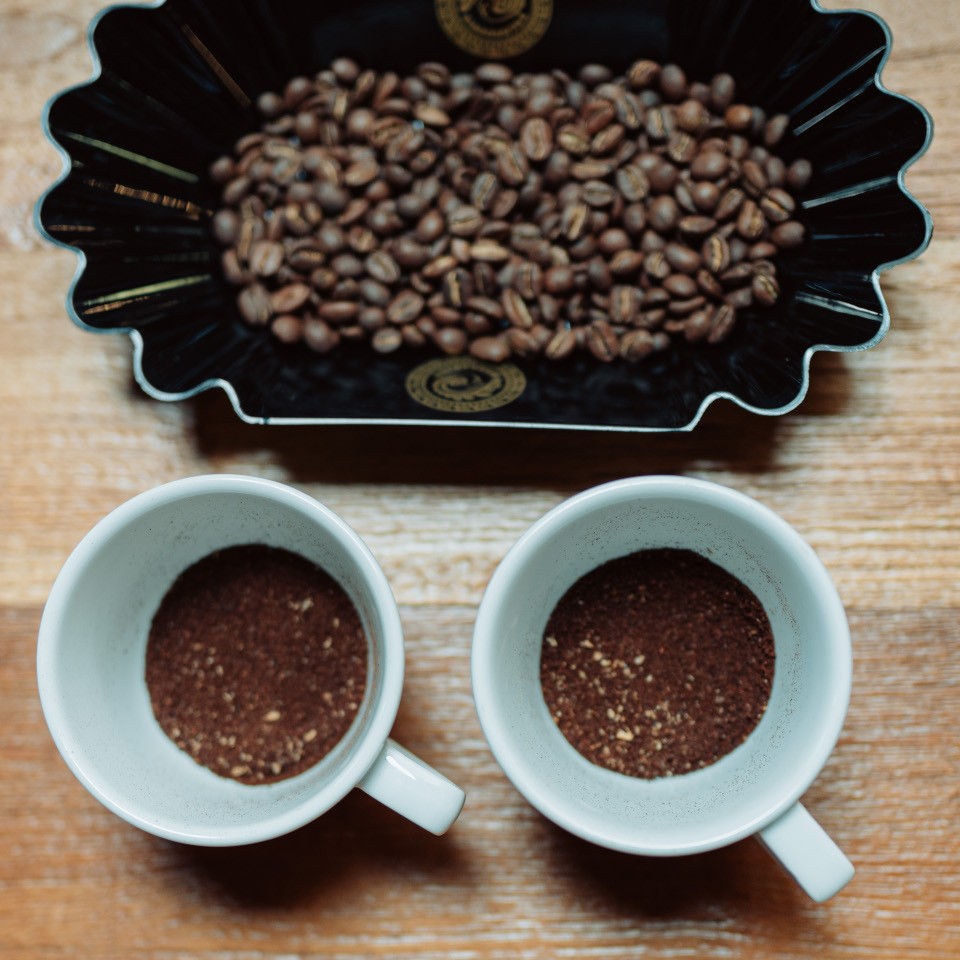
What is the difference between blend and single origin coffee?
Unlike single-origin coffee, blend coffee does not come exclusively from one coffee-growing region, but is a mixture of different coffees. Depending on the desired taste and aroma, different coffees or beans of the same coffee variety from different regions or countries are blended.
The reason why coffees are blended is to ensure consistent quality and taste. After all, coffee is a natural product and not every harvest yields the same quality. To compensate for variations in taste, the roastmaster must regularly test how the beans behave during the roasting process. Coffee blends are often roasted rather darker, while the beans of the single origins tend to be less strong, which makes the singles more diverse in taste.
Single Origin Coffee - Price and Cost
What makes Single Origin coffee so special and why is it usually more expensive than a coffee blend?
The location of the growing area and the local conditions determine the character of the Single Origin. Cultivation altitude or even the neighboring plants play an important role here. Beans that come from the cool highland regions mature more slowly and develop special and expressive aromas here. However, there are also wild plantations that have developed in the (primeval) forests or have survived from abandoned plantations. In addition, coffees with an origin are only available seasonally.
Harvesting is done exclusively by hand. So-called "picking" is the most laborious harvesting method. Coffee farmers visit each plant several times at intervals of seven to ten days and pick only the ripe fruit from the tree. Unripe cherries are left hanging, giving them time to ripen. This selective coffee harvesting method usually results in higher coffee quality. The other side of the coin is the high labor and time requirements. All this is reflected in the price of the coffee.
Which are the best known regions?
The coffee plant is one of the more sensitive plants and only thrives under optimal climatic conditions. These are found in regions around the equator between the 23rd parallel north and the 25th parallel south. Together, these areas form a so-called coffee belt.
Brazil
Brazil is the world's largest coffee exporter, with a share of about 35 percent. There are approximately 300,000 coffee farms throughout the country. These are mainly located in the regions of Paraná, São Paulo, Minas Gerais and Espirito Santo. 80 percent of the coffee beans produced are Arabicas. The coffee is mainly processed dry, i.e. the coffee cherries, inside which the coffee beans are found, are sorted immediately after harvesting and laid out to dry. The beans remain inside the coffee cherry for the entire drying period. Through this preparation process, the beans dry in the pulp of the coffee cherry. This gives them a higher percentage of fructose, which gives them a sweet note. The combination of this sweetness and the typical full-bodiedness makes Brazilian coffee very popular. One of the most aromatic coffees is Brasil Capim Branco from the award-winning Fazenda Capim Branco. The plantation is owned by the Andrade family and is one of the oldest coffee farms in Brazil. The Capim Branco has been awarded several times by the Brazil Specialty Coffee Association (BSCA) as Cup of Excellence coffee.
Ethiopia
Ethiopia, the country of origin of coffee, is one of the few African countries in the top 10 largest coffee growing regions. Over 15 million people work during the coffee harvest. A large number of different coffee species thrive in Ethiopia, some of which have not yet been identified.
The most important coffee growing regions include Limmu, Tepi, Lekempti, Djimmah, Bebeka, Sidamo, Yirgacheffee and Harrar. It is customary in Ethiopia to register with the national bank. Exporters thus obtain export licenses that are valid for up to six months. This also has the advantage that disputes can be resolved significantly faster, as exporters do not want to unnecessarily jeopardize the reissuance of their licenses. Although Ethiopia is the fifth largest coffee exporter, Ethiopians consume more coffee than they export.
Which is the most expensive single origin coffee?
Kopi Luwak is considered the most expensive coffee in the world. However, no other coffee triggers such a range of feelings between disgust and enthusiasm. This is because the coffee cherries are not harvested from the coffee bush like other coffees, but first pass through the stomach of a cat species called spotted musang. While the cat digests the pulp, it excretes the beans. The beans are then collected by coffee farmers, cleaned and sun-dried.
In the cat's stomach, the bitter substances of the cherry are broken down and fermented. And it loses caffeine. This enzymatic process has a decisive influence on the subsequent flavor profile of the coffee. It tastes milder with a complex aroma. The name Kopi Luwak is borrowed from the local language: "Kopi" means coffee and "Luwak" means cat. That is why it is also sometimes called "cat coffee".
